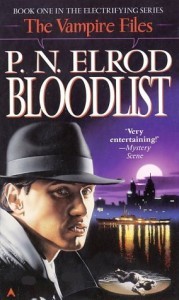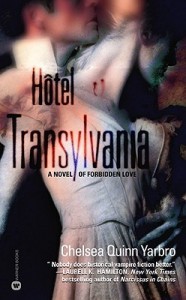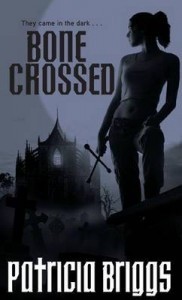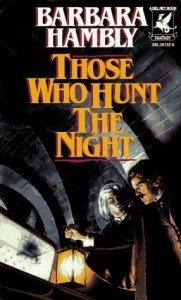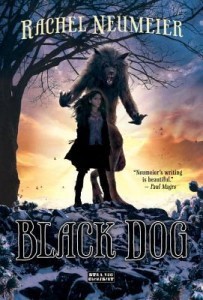Types of vampires
I bet you immediately think of “types of vampires” such as those who drink blood vs psychic vampires who drink something intangible such as “life force,” whatever that is. So did I, when I first thought about this topic! But you know what? That is not an interesting distinction from the perspective of worldbuilding or plotting a story.
It’s also possibly to just categorize vampires as supernatural vs “scientific” — that could be an important difference, since for example your “scientific” vampire may be ridiculously non-science-based, but probably can’t turn into a bat or otherwise contravene the the conservation of mass. But actually, from the standpoint of telling the story, as long as you can tolerate Silly Science Gobbledygook, this doesn’t matter very much either.
If you’re writing a story with vampires, then it’s not what the vampires drink that matters, nor whether they’re envisioned as purely supernatural. It’s what happens to their victims, and also how psychologically similar to an ordinary person the vampires are.
So, forthwith, a selection of Vampire Types in SFF:
Type I Vampire: This vampire only needs to take a little bit of blood. It doesn’t harm his victim, and in fact animal blood is just as good for sustenance as human blood. Psychologically, this vampire has just the same personality after he’s turned as he had before he died. Moreover, there’s no gang or seethe or nest of vampires that he has to deal with. He is, in fact, a Guy With Superpowers, in a sort of vampire shape. It’s easy to cast this kind of vampire as a good guy, but difficult to cast him as a Tormented Hero, because he’s facing no special moral challenges and has no particular reason to feel tormented.
Best example I can think of for this kind of vampire : PN Elrod’s Vampire Files series, first started back in 1990.
This series features Jack, a newspaperman turned vampire in 1930’s Chicago. Jack can turn into a wisp of mist, and he’s superstrong, and of course he’s very difficult to kill. He’s helpless during the day, and he has to drink blood, but just a tiny bit and it can be animal blood.
I rather liked this series, which I suppose today would be seen as falling smack dab in the middle of UF. It isn’t a super-fast-paced or exciting series . . . I would kind of tag it as pleasant and undemanding . . . but I liked it. I see there are actually about a dozen books in the series. I am positive I don’t have that many on my shelves. Maybe I will check into the volumes I missed, now that I’m reminded about this series.
Another example of a Type I vampire is Chelsea Quinn Yarbro’s vampire, the Comte de Saint-Germain.
First published in 1978, today the St Germain books — there are about 20 books in the series — would surely be seen as belonging to Paranormal Romance. Romance, or at least sex, is important in practically all of them. The stories are set in many varied historical periods and places, from Classical Rome to 13th century China, Venice to Russia to San Francisco. I like the character of St Germain, and I like some of the supporting characters, but these books can seem tortuously slow even to me. Also, nearly always the good guys are contending against the forces of political tyranny, and it’s frankly sometimes hard to take. So I can’t say I’ve kept up with the series. Still, I really liked the first several books.
Type II Vampire: These vampires are quite different from the above, because they do generally kill people, sometimes lots of people. Psychologically, they are always going to be affected by this, and they may also be just *different* from ordinary people. They’re likely to be pretty dangerous and hard to cast as good guys, but some few vampires are not SO evil and kill fewer people and therefore can be seen as good guys. Those particular individuals may seem much more “relateable” than other vampires in the same world, who seem super-creepy. Or at least they do if you’re talking about Patricia Briggs’ vampires, which I am.
I must say, I don’t like that cover as much as the original cover, but whatever, I guess it’s all right. Anyway, Stefan. He’s the good guy vampire who has values that we can relate to, but still. He’s pretty ruthless, and given how creepy the other vampires are, you have to wonder how much creepiness Stefan is concealing beneath his fondness for bad movies and his friendship for Mercy.
Type III Vampire: These vampires MUST kill people every day or so. To be a successful vampire, someone must either be a sociopath before being turned or else learn to deal with survival through mass murder. Pretty tricky making these vampires into good guys! Of course we have one excellent example: Simon Ysidro in Barbara Hambly’s vampire series.
First published in 1990, before the vampire craze, Those Who Hunt the Night is still my single favorite vampire story and the first book in my vampire series. Hambly is so good at handling the historical settings, and I love her main characters — including Ysidro, who has killed something like, what? 30,000 people? Quite a trick to make him a good guy. Though Hambly emphasizes how different vampire psychology is from normal human psychology, she makes Simon Ysidro into a character you can root for by giving him more human motivations than she implies vampires ought to have. By now in this series, it’s clear that for some vampires at least, human feelings of love and loyalty can remain strong. by I’ve got the latest one in this series downstairs on my TBR shelves right now.
Type IV Vampire: The old-fashioned vampires, not much in style today — the evil demons that possess the corpses of contaminated dead people and owe nothing, nothing at all, to the people they used to be. I can certainly think of one excellent example of a Type IV vampire:
What can I say? I was dead tired of nice vampires, sexy vampires, and most particularly sparkly vampires. Thus, demonic vampires who are not only completely evil, but also all dead. Or, well, at least nearly all.
Which vampires out there are your favorites? Do they fit into one of the above categories?


